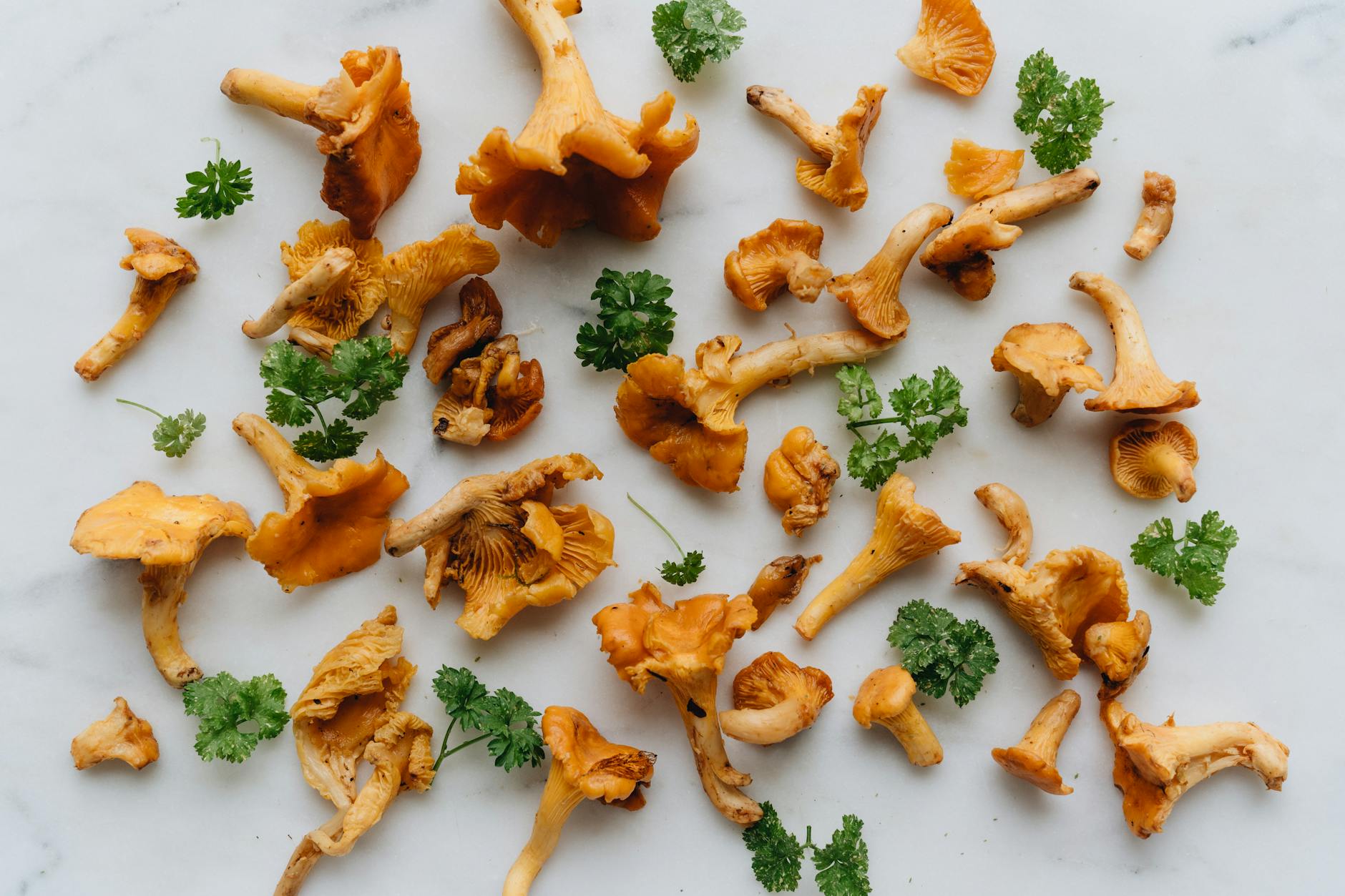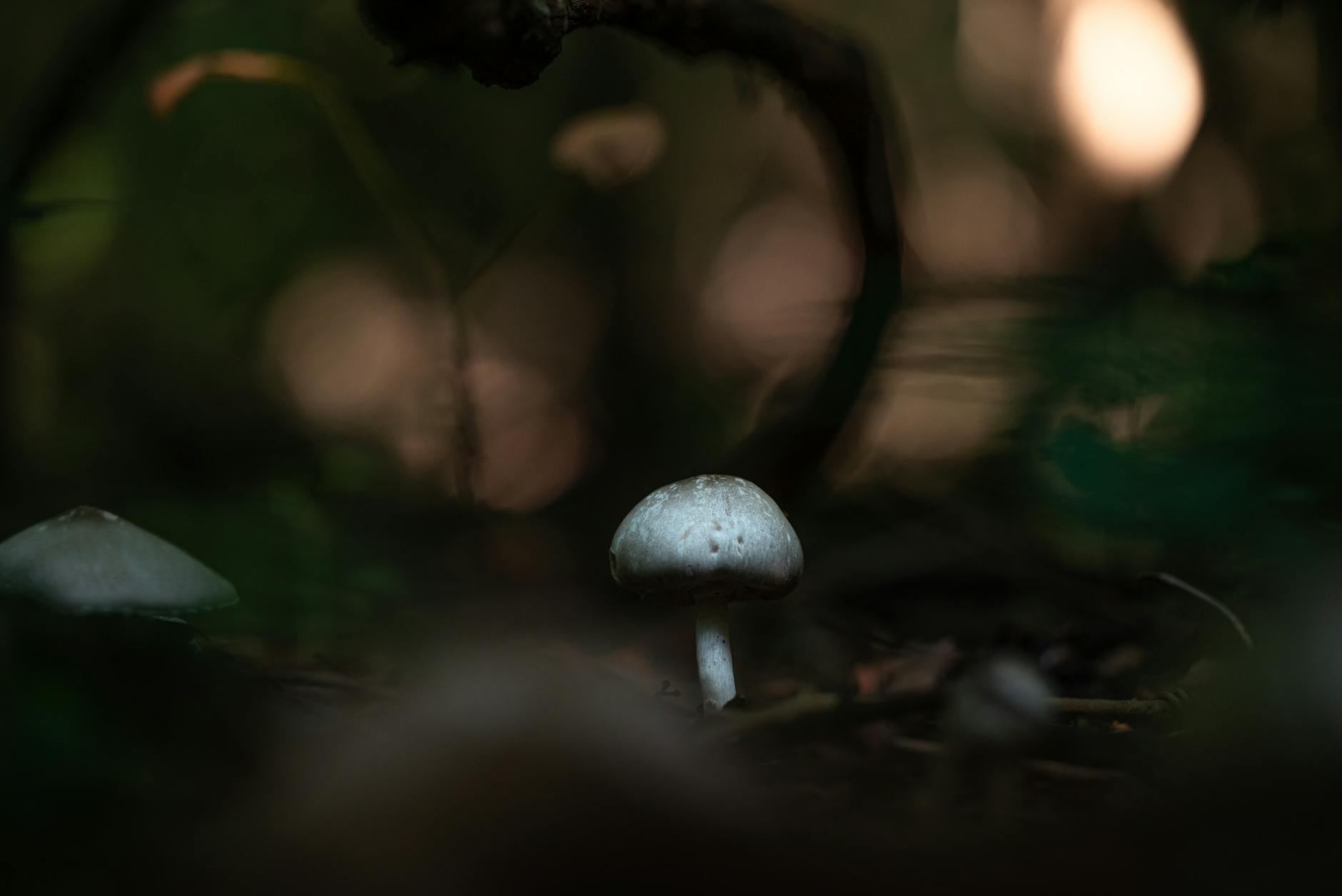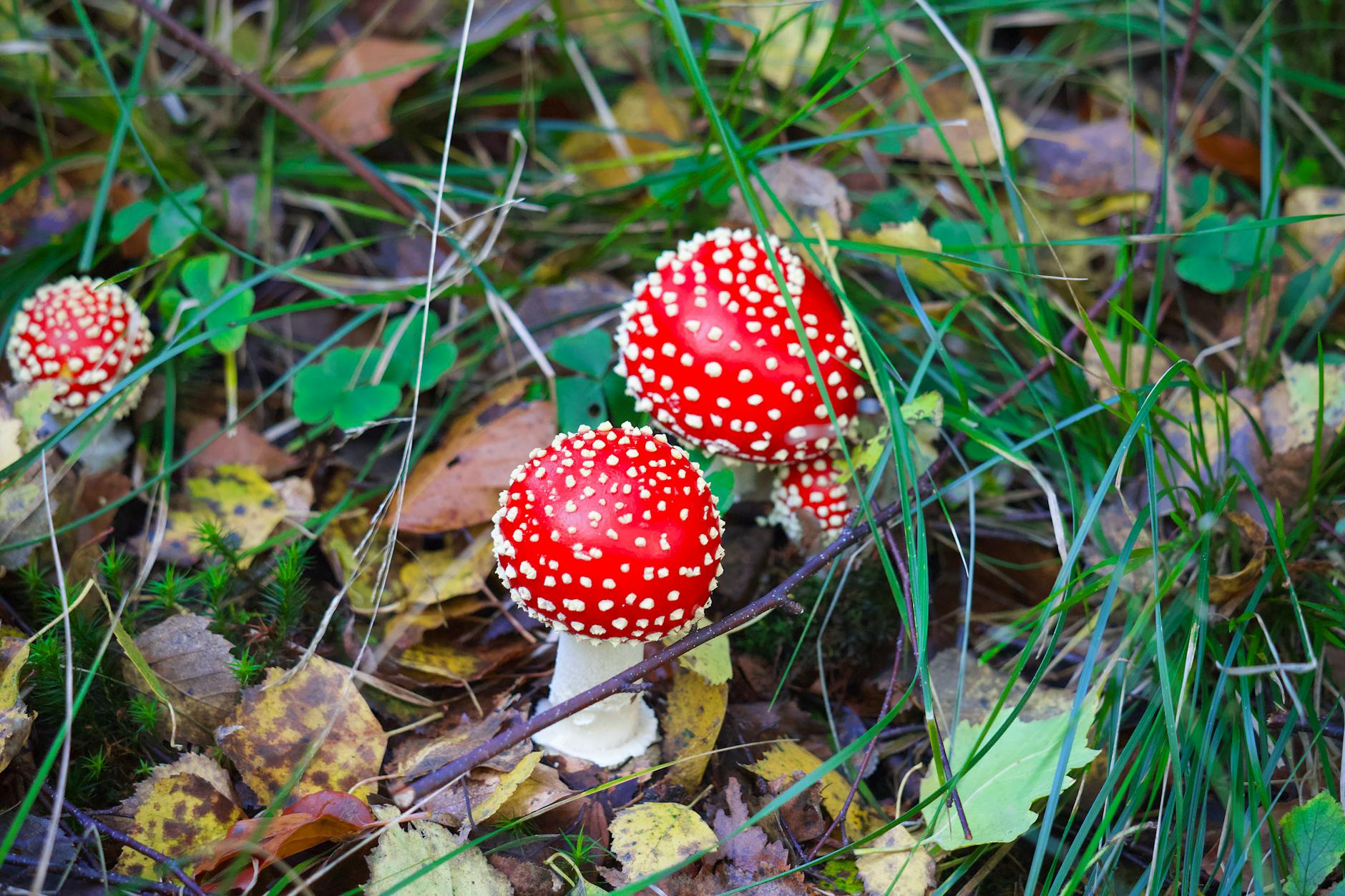Foraging Wild Mushrooms: The Essential Guide to Safe Harvesting
Mushroom foraging is a popular outdoor activity that allows nature enthusiasts to connect with the environment while searching for delicious and exotic fungi. However, it is crucial to approach wild mushroom gathering with caution and knowledge to ensure a safe and enjoyable experience. In this comprehensive guide, we will delve into the essential tips and practices for safely harvesting wild mushrooms.
Understanding Safe Mushroom Harvesting Techniques
When it comes to foraging wild mushrooms, safety should always be the top priority. Before embarking on a mushroom hunting expedition, it is vital to familiarize yourself with the characteristics of edible mushrooms and be able to differentiate them from toxic varieties. Some poisonous mushrooms can closely resemble edible ones, making proper identification crucial.
Identification is key to safe foraging. While some edible mushrooms have distinct features, others may require a more keen eye and expert knowledge to differentiate. Utilizing field guides, apps, and attending workshops led by experienced foragers can help beginners develop their identification skills and confidence in selecting safe mushrooms.
Focus Keyword: Choosing the Right Location for Mushroom Foraging
The location where you choose to forage for wild mushrooms plays a significant role in determining the safety and quality of your harvest. Certain types of mushrooms thrive in specific environments, such as wooded areas, grasslands, or near certain tree species. Researching and understanding the habitat preferences of different mushroom species can help you narrow down your search to areas where you are more likely to find edible varieties.
When selecting a foraging location, it is essential to consider factors such as recent weather conditions, soil quality, and the presence of potential contaminants. Avoid areas that are heavily polluted or treated with chemicals, as mushrooms have the ability to absorb toxins from their surroundings. National parks, forests, and other designated natural areas often offer ideal environments for mushroom foraging, as they are less likely to be impacted by pollution.
Tools and Tips for Safe Mushroom Harvesting
Having the right tools and equipment is essential for a successful mushroom foraging expedition. A sturdy basket or foraging bag will allow you to collect mushrooms without damaging them, while a small knife or mushroom brush can help you clean and prepare your harvest in the field. It is recommended to carry a field guide, a magnifying glass, and a flashlight to aid in mushroom identification, especially in low light conditions.
When harvesting wild mushrooms, it is crucial to only pick specimens that are in good condition and free from signs of decay or insect damage. Cut the mushrooms at the base of the stem with a clean knife, leaving a portion of the stalk intact to allow the fungus to reproduce and continue growing in the ecosystem. Remember to always respect nature and leave some mushrooms behind to ensure the sustainability of the mushroom population in the area.
Safety Precautions and Final Considerations
While foraging for wild mushrooms can be a rewarding and educational experience, it is important to approach this activity with caution and respect for nature. Never consume a mushroom unless you are 100% certain of its identification, and when in doubt, consult an expert or mycologist for assistance. Poisonous mushrooms can cause serious illness or even be fatal if ingested, so it is crucial to err on the side of caution when in doubt.
In conclusion, wild mushroom foraging can be a delightful and enriching pastime when done responsibly and with proper knowledge. By following the essential tips and practices outlined in this guide, you can safely enjoy the pleasures of harvesting your own wild mushrooms while respecting the environment and ensuring a memorable foraging experience. Happy hunting!


